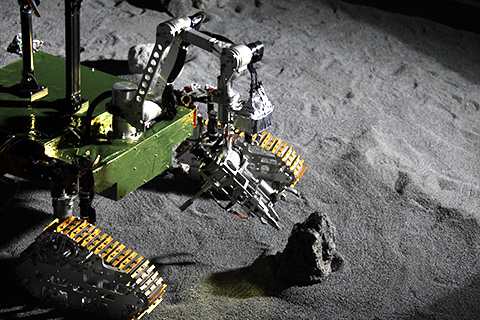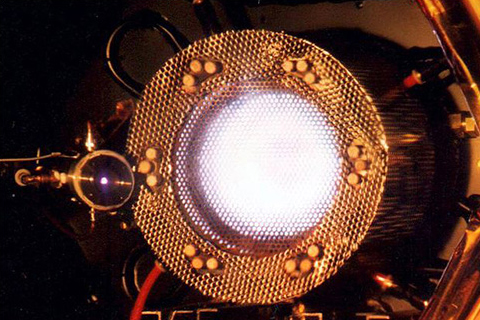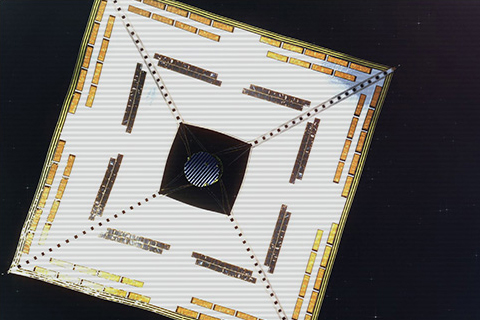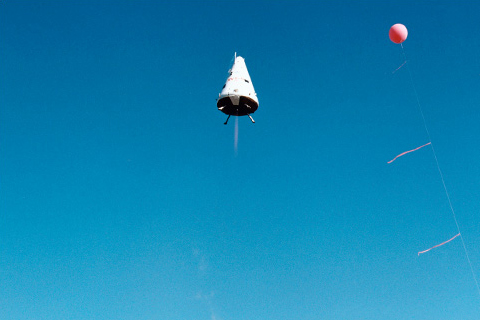About Research on Space Technologies
 |
JAXA promotes space-engineering studies to fully realize space exploration that is more distant, more flexible and more versatile. Our efforts, incorporating an inter-university research system, cover a wide range of research fields from space transportation and astronautics to space information & systems. They encourage free conceptions and highly creative studies by researchers. Basic technological studies for satellites and spacecrafts have been applied in real missions. We also study innovative technologies such as future transportation systems and new space-energy systems. |
|---|
Space Engineering Research Contents
Electric Propulsion
|
Electric propulsion with a high-specific impulse for satellite applications allows earth-orbiting satellites to perform versatile and complex operations. When used as the final-stage motor of transportation systems, it is a key technology to pioneer deep space explorations. R&D continues on a pulse-plasma thruster (PPT) and DC arc jet. An MPD arc jet was demonstrated on SFU while a microwave discharge-type ion engine was proven as the main propulsion of the asteroid explorer HAYABUSA |
 |
|---|
Solar Electric Sail
|
As a future interplanetary propulsion system, research focuses on demonstrating the engineering feasibility of non-nuclear outerplanetary explorations. As a means of future interplanetary flight, the solar electric sail to drive ion engines with high specific impulse is attracting attention recently as a highly probable solution. The feasibility of the solar electric sail has been promoted by the advent of lightweight and extremely thin film technology. JAXA launched a Small Solar Power Sail Demonstrator "IKAROS" for technological verification. |
 |
|---|
Lunar-Planetary Exploration Rovers
|
For detailed and wide-ranged exploration over lunar or planetary surface, research continues into rover systems such as: running mechanisms; autonomous functions; terrain mapping; route planning; barrier detection/avoidance; intellectual remote manipulation; and telescience technologies. R&D also continues into small and lightweight sampling manipulators for surface exploration, excavation robots for planetary interior exploration, and hopping robots for autonomous exploration in a microgravity environment. |
 |
|---|
Reusable Space Transportation System
|
The many tasks for a reusable space transportation system include: improvement of engine performance; development of technology to minimize the vehicle's weight; and creation of a system to guarantee the safety of repeated multiple flights. To facilitate the next full-scale development, ISAS is conducting element-technology research targeting innovative future space transportation as well as demonstrating the new technologies through actual flights of the test vehicle. |
 |
|---|